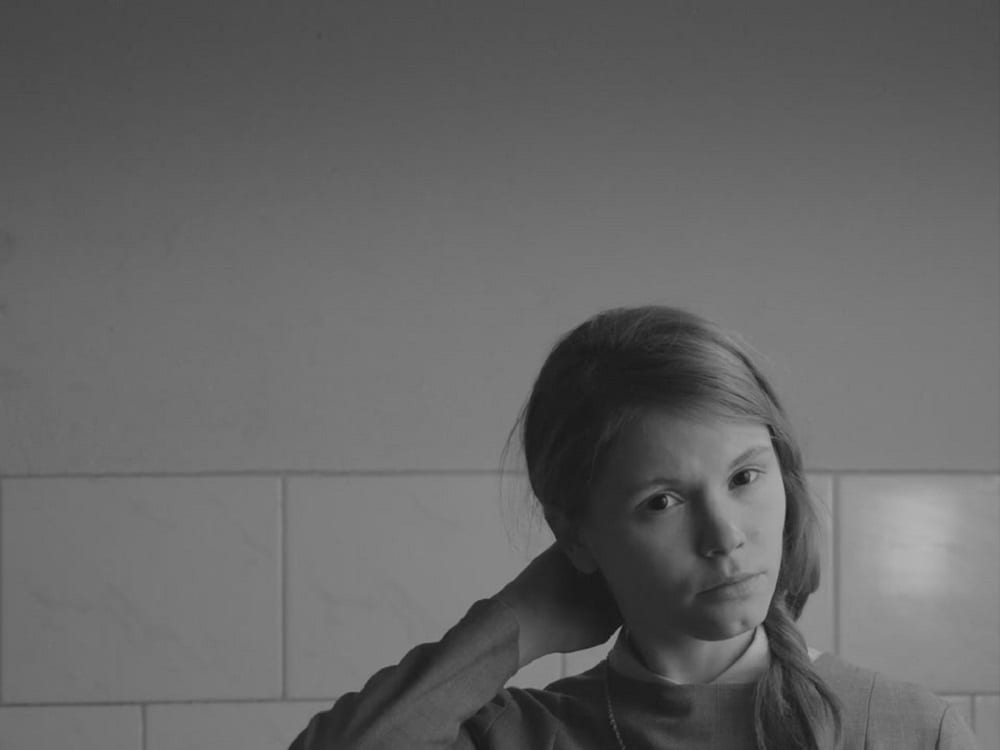Shada Abd Alkader is what you might call a Global Citizen. Born and raised in Ramallah, West Bank, she started traveling before she could remember. “I have family everywhere,” she explains to me over Zoom from her bedroom in Palestine, “So when I was a kid we used to go and visit them.” Currently, she is in her fourth year at Birzeit University just outside her hometown. She sits on her bed, focused and carefully explaining her experiences in softly accented English. For a brief moment, when someone opens her bedroom door she speaks rapid-fire Arabic to ward them off.
We made our acquaintance through a mutual friend, Kristen Chang, who attended Wellesley College with me and Camp Rising Sun with Shada. Campers apply for the full-scholarship camp. Shada tells me that the application process is quite difficult. Children and grandchildren of past campers aren’t allowed to apply, and references and transcripts are required. The more applicants from a country or state, the more difficult it becomes. “From Palestine, it was pretty easy,” she laughs, though that hardly seems the case.
Camp Rising Sun is run by the Louis August Jonas Foundation which prides itself on 90 years of helping teenagers become leaders. They have separate sessions for young women and young men from 30 different countries and 10 U.S. states. “They look for people who have something to offer,” Shada says. “They have passion and they have potential to do something when they grow older.” Carefully designed activities allow campers to hone their leadership skills and grow close to each other by allowing campers to confide in and lead one another. Shada described the first week as a bonding experience. Counselors ran a particularly challenging schedule, with activities focused on bringing people together. More than a few tears are shed throughout the process. Shada explains that everyone is unbelievably close by the end, “I do believe that everyone was already—I don’t have a word for it, I guess ‘amazing?’—in the beginning, but nobody knew it.”
Shada not only met great people, she learned a lot about herself. Camp Rising Sun emphasizes experiential learning. “You’re isolated from the real world, basically. You live in a tent in the middle of the forest, and I never get to experience that here. For example, you sleep under the stars once a week. And it was very very nice because there are no lights and the stars are very beautiful…We used to build things, like a treehouse or a gazebo.” She says that those experiences—including her first use of power tools—were nothing like what she had expected to do as a teenager.
Shada had a slightly different experience during her time in Finland, where she spent a semester abroad via the EU’s student exchange program, Erasmus. While she found the education style to be similar to her home university’s, the experience was different from the curated experience of Camp Rising Sun. She wasn’t sure what to expect. She tells me that she didn’t have an image of Finland, other than how safe it was. Still, she was surprised by certain things. She describes the simultaneous friendliness and “coldness” of Finnish natives. “They do not try to make you feel comfortable. But they are so friendly. It’s weird.” Where Camp Rising Sun was a conglomeration of many people representing many cultures, studying abroad was an immersion in a single, unified culture. Shada says that often when she meets people abroad “people assume things. But I don’t really get offended.” While she wishes they would try to learn more about her and her culture before making assumptions, it doesn’t surprise her. “I understand that they mean no harm and they’re not trying to offend me, so I’m ok with it.”
She tells me she was more surprised by her own revelations about her culture. “We’re very family-oriented, people really care about each other, as Palestinians. And, I know that—but when I went abroad…It was something I felt was missing.” In Finland, she traveled extensively within the country and to Norway, Estonia, and the Netherlands with friends. Her friends, she says, weren’t Finnish, but others studying abroad and going through a similar experience. Something about being “foreign” in a new place drew them together. While Camp Rising Sun and her semester abroad were quite different experiences, both taught her about herself. “I didn’t think I was able to do certain things on my own and I was able to do them,” she muses. Without her travels, she never would have proved herself wrong.
